you need to seal a tire bead, you don’t have to rely on a mechanic. Our guide will save you a trip to the repair shop by offering step-by-step instructions.
Read on to learn how to make this fix all by yourself. (Spoiler: It’s not as hard as it sounds!)
Tire beads don’t always break at convenient times. You might experience the problem on a holiday or another time when getting to an auto shop is difficult.
Thus, it can be reassuring to know that you can fix it at home. You won’t have to rely on anyone else to keep your tires in good shape. Plus, going the DIY route can save you some money.
Consider checking: How To Seal A Tire On A Rim
Before you start this project, you’ll want to make sure you have a few basic tools. Here’s what you’ll need:
Now that you have all the supplies, it’s time to learn how to seal a tire bead. Follow the simple step-by-step directions below:
To start, you’ll need to remove the tire. Take it from the car and lay it on a hard, flat surface. The side with the valve stem should face up.
Next, you must check for leaks. Start by adding air to ensure the leaks are noticeable enough.
Then, mix water and dish soap in a spray bottle. Spray the mixture around the bead (the area where the tire meets the outer edge of the rim.)
Let the mixture sit for a few seconds. Once it settles, you may notice it start to bubble in certain areas. The bubbles indicate spots where there is an air leak. Wherever you see bubbles, mark the spot with chalk to refer back to later.
If no bubbles appear on the first side, repeat Step 2 on the other side. For the rest of the process, keep the side with the leaks face up.
Start by releasing a little air from the tires. Then, take your 2×4 board and place it right at the rim’s edge. Hold the board in place and hit it with a hammer. Enough force will cause the seal to break, which frees the rim from the tire.
Then, take your 2×4 board and place it right at the rim’s edge. Hold the board in place and hit it with a hammer. Enough force will cause the seal to break, which frees the rim from the tire.
Pull the rim up slightly to get access to the inside. Using a clean rag and soapy water, you can wipe away any debris that ruined the original seal.
At this point, you’ll want to add bead sealer (if you choose to do so). You can either buy the solution from your local hardware store or make a DIY mixture. Apply it in liberal amounts around the bead.
Finally, you’ll want to refill the tire. As you’re refilling, you can pull up on the sides of the rubber to help it make contact with the rim.
In most cases, however, the air will naturally force the rubber to touch the rim. This contact allows the bead seal to reform.
Feel free to check out: How Much Sealant Per Tire
Bead sealer is not necessary for this DIY project.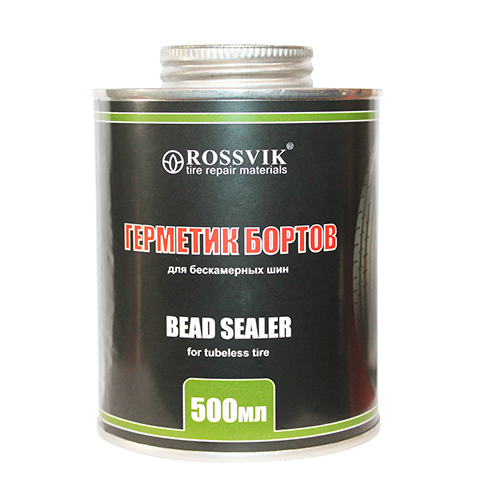
However, you might find it useful if the bead is super dirty or has a hard time forming a seal. The solution is cheap at your local hardware store. If you prefer, you can check out online guides on how to make it yourself.
As you’re working on this project, you might be wondering how the damage occurred in the first place.
Bead damage can stem from many causes. For instance, it can happen when you or a mechanic carelessly mounts your tire. It can also occur if the rim gets dirty, there’s too much or too little air in the tire, etc.
Recommended reading: How Do You Plug A Tire
If you’re reading this guide, you probably have an inkling that you need to seal a tire bead. Here are some signs that indicate you’re dealing with this issue:
Sometimes, wheel damage isn’t obvious at first glance.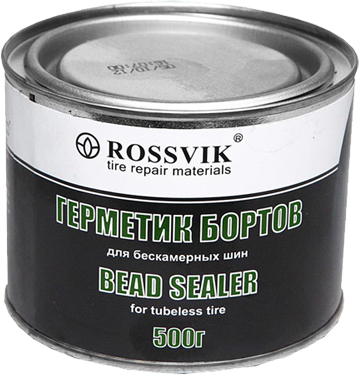 If you have large plastic or metal hubcaps, remove them to get a closer look.
If you have large plastic or metal hubcaps, remove them to get a closer look.
With the help of this guide, you should now know how to seal a tire bead. It’s a relatively simple process that will prevent you from having to rely on an auto shop. Use your newfound knowledge to be your own mechanic!
If you find this guide helpful, fee free to have a look at others:
How To Repair Tire
How To Fix A Tire Rim Leak
How To Use Rubber Cement On Tire
How Do You Patch A Tire
How Do Tires Get Dry Rot
How To Fix Dry Rotted Tires
How Much Is It To Repair A Tire
How To Fix Flat Spots On Tires
How Much Does It Cost To Patch A Tire
How Close To The Sidewall Can You Patch A Tire
How To Fix Hole In Tire
How Long Does A Tire Patch Last
How To Use Slime Tire
How To Use A Tire Plug Kit
How To Vulcanize A Tire
How To Fill Tires With Foam
Important: For highway vehicles, always install Ultraseal into tires that have been previously balanced! Never attempt to re-balance tires with ANY brand of sealant in them!
Anchor link to 5 Gallon Instructions
Installing Ultraseal is an easy process following these simple steps:

There is a full line of time saving Ultraseal tools and attachments to choose from, each tailored to a specific task and situation.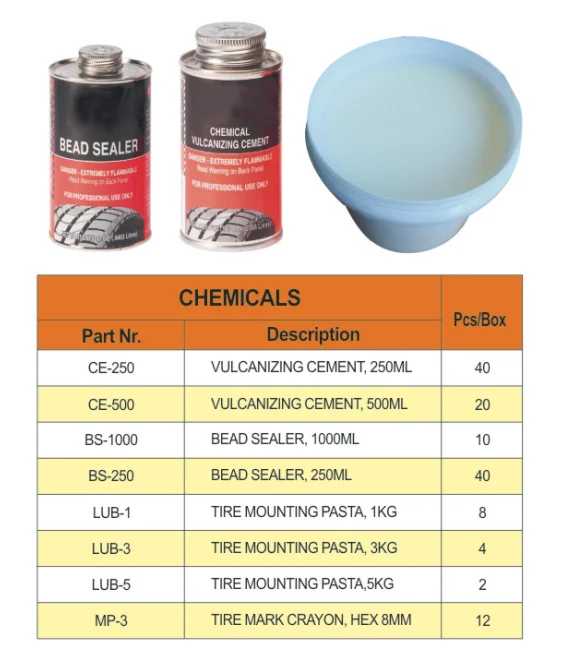 The correct combination is determined by considering the following:
The correct combination is determined by considering the following:
Ultraseal installation pumps are supplied in two styles: manual and air-operated.
Manual pumps are generally sold for use with 5-gallon pails. This light and portable combination is well-suited for treating tires wherever vehicles are in operation, such as job sites or other remote locations. It is often more convenient and cost effective than moving vehicles and equipment to facilities for treatment. The combination of a 5-gallon pail and manual pump is a perfect complement and fit (size-wise) for tire service trucks providing emergency service and repairs. This is invaluable for reducing downtime should a replacement tire not be readily available.
This is invaluable for reducing downtime should a replacement tire not be readily available.
Our air-operated pump is popular in fleet operations that commonly install Ultraseal from 55-gallon drums or 275-gallon totes. This is the obvious choice where an air source is available and high volumes of tires are to be treated. Featuring a conveniently located pneumatic start switch at the outboard end of an extra long hose and settable predetermined counter, this pump increases productivity and reduces installation time.
Each manual or air-operated pump is calibrated and metered to consistently deliver the correct amount of Ultraseal into your tires. Both feature a high-pressure design eliminating the need to reduce tire pressure for product installation, regardless of the size or weight of the vehicle. This is a major time saver. Whichever pump best fits your needs, you can be assured that it has been designed specifically to provide long-term service and ease of use.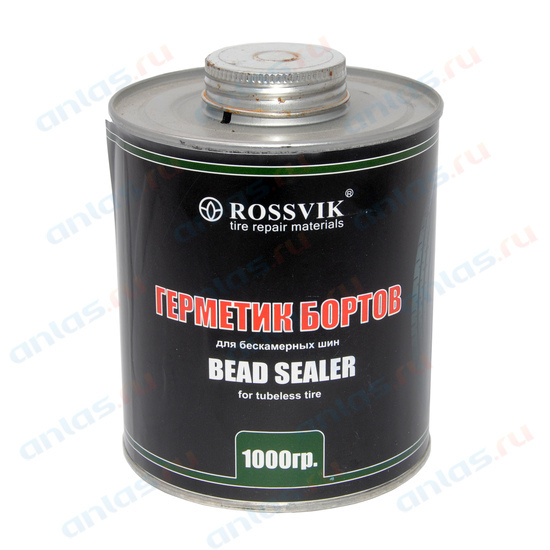
Our universal chucks, couplers and valve core removal (VCR) tools are designed for use with either manual or air-operated pumps. These tools and attachments quickly and securely connect installation equipment to any standard wheel andvalve configuration. Each VCR tool locks on and firmly holds the removed core. The Deluxe VCR tool features an airtight design that enables a core to be removed with little or no air loss.
Ultraseal International Inc.
1100 Wilcox Ave
Los Angeles, California,
USA 90038
PROUDLY MADE IN USA
NHTSA National Highway Traffic Safety Administration
TRIB Tire Retread Information Bureau
TIA Tire Industry Association
DHS Dept. of Homeland Security
US Dept. of Transportation
Modern Tire Dealer
American Tire Distributors
American Trucking Association
Better Business Bureau
Retread Tire Association
US Asia Chamber of
Retread Tire Association
Tire Industry Association
Government Supplier
Skip to content
Search for:
Car tires are the most susceptible to punctures or cuts. They are in contact with the road surface and experience enormous loads. Despite the fact that tire manufacturers strengthen them and release improved models, they are still “defenseless”. nine0003
They are in contact with the road surface and experience enormous loads. Despite the fact that tire manufacturers strengthen them and release improved models, they are still “defenseless”. nine0003
More experienced motorists have a tire sealant on hand these days. It allows you to eliminate the puncture for a while and continue moving.
Tire bead sealant can be repair (emergency) and preventive. The first is applied if the puncture has already appeared. The second is necessary for additional protection of tires from cuts. That is, the functions are slightly different, but the method of application is similar. Let's consider it.
In general, the process of applying tire sealant is simple and does not require special skills. However, if you make mistakes while doing this, then it will be useless, despite the fact that the entire cylinder will be used. nine0003
Wheel sealant comes in a variety of containers, but most commonly in a can. In this case, the application procedure is as follows:
 It can be a nail or a screw.
It can be a nail or a screw. Of course, such a repair is only enough to get to the garage or service station without any problems. Typically, a tire loses pressure after about three kilometers. After that, the wheels will again need to be pumped up.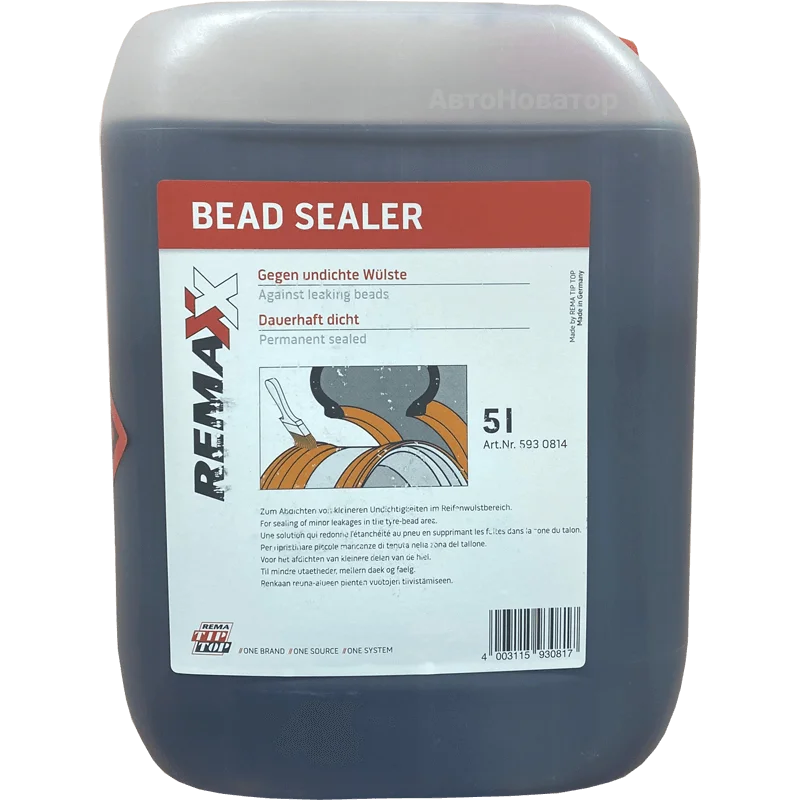
More precise instructions for the use of sealant are indicated on its packaging and may differ in some ways - depending on the composition. But in general, the essence boils down to the fact that you first need to remove the nail, then turn the wheel, fill it with sealant and continue further movement. nine0003
The sealing compound can also be supplied in a regular bottle without gas inside. In this case, the whole process will be the same, but after its completion, you will have to use consumables for tire fitting, for example, a compressor for pumping a wheel.
It takes more time and not everyone has a compressor. Therefore, such a sealant is usually used for preventive purposes.
The sealant functions quite simply. It seals the rubber by spraying over the entire surface of the tire. After that, the puncture remains, but passes air much less than before. nine0003
The compound spreads evenly due to centrifugal force. Usually it contains latex or rubber fibers.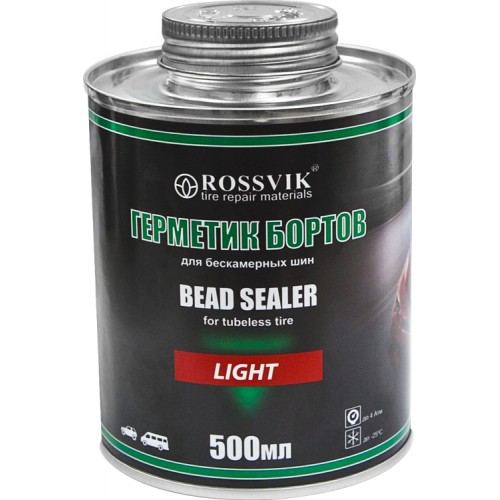 They are equally good at eliminating damage for a certain period of time.
They are equally good at eliminating damage for a certain period of time.
Conclusion
Tire Sealant is an excellent tool for repairing a cut or puncture in a tire. However, this measure is temporary and will not last long. Therefore, it is best to contact the tire shop after using the sealing compound for professional repair and repair of the puncture on the tire..
Adblock
detector
An unpleasant situation, from which no car owner is immune, is a puncture of rubber. The problem arises spontaneously, and often there is no spare tire on hand to dismantle the punctured wheel and put on another one. In such cases, drivers use tire sealant, an effective chemical that can quickly seal a puncture on a tire.
Contents
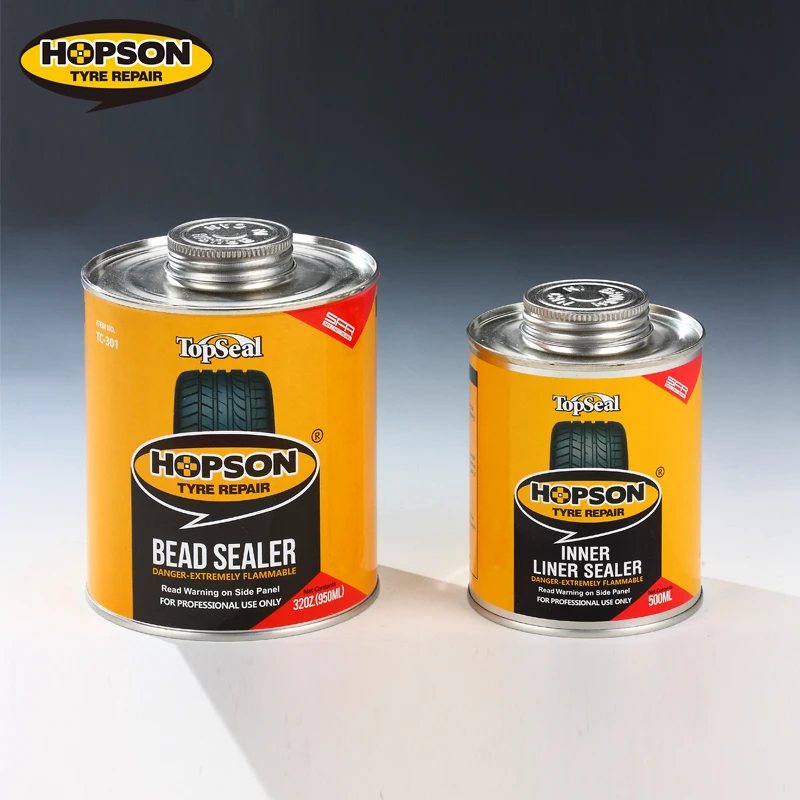 1 Commercial Auto
1 Commercial Auto
Automotive sealants have appeared on the market relatively recently and have already won the trust of vehicle owners. The substance for instant vulcanization of rubber is placed in a small sealed container. Depending on the components, tire sealants are either latex or synthetic/natural fiber blends. Sealants for express vulcanization of tube and tubeless tires offer important advantages:
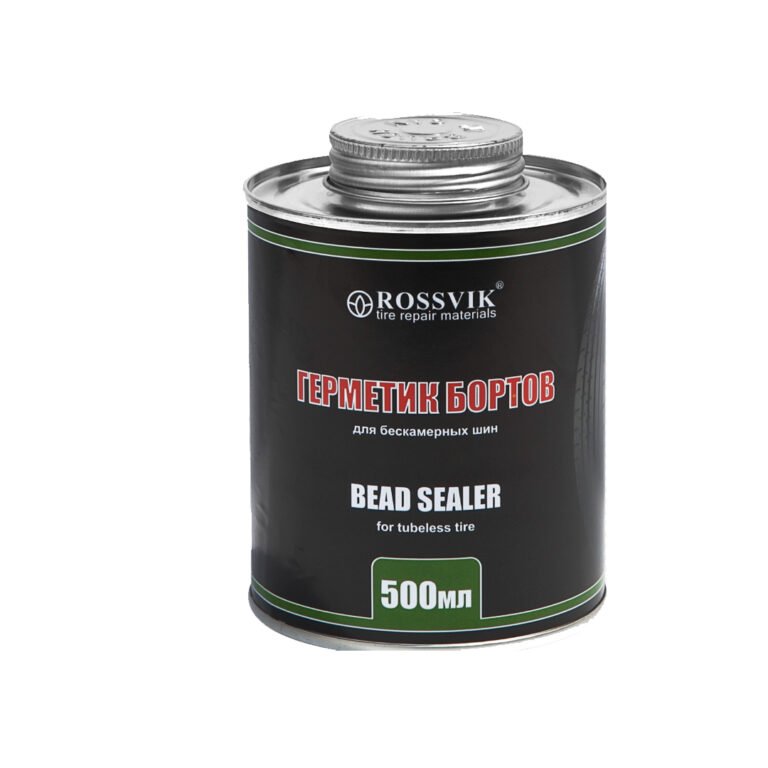
Instant curing compounds are classified into aerosol and liquid, the characteristics of which differ slightly. By nature, aerosol sealant is liquid, but is contained in a high-pressure can. A hose is used to introduce it, but compressed air must be completely removed from the tires. The compositions can be used for repair work and the prevention of punctures. nine0003
Important: It is important to use emergency wheel sealant in case of punctures in the tread area. If you use tools for vulcanizing side cuts and cracks, the compositions are ineffective due to the effect of centrifugal force. It is not possible to seal the tire with sealant in case of disassembly.
To prevent the possibility of a tire puncture or cut on the track, car owners use express sealants.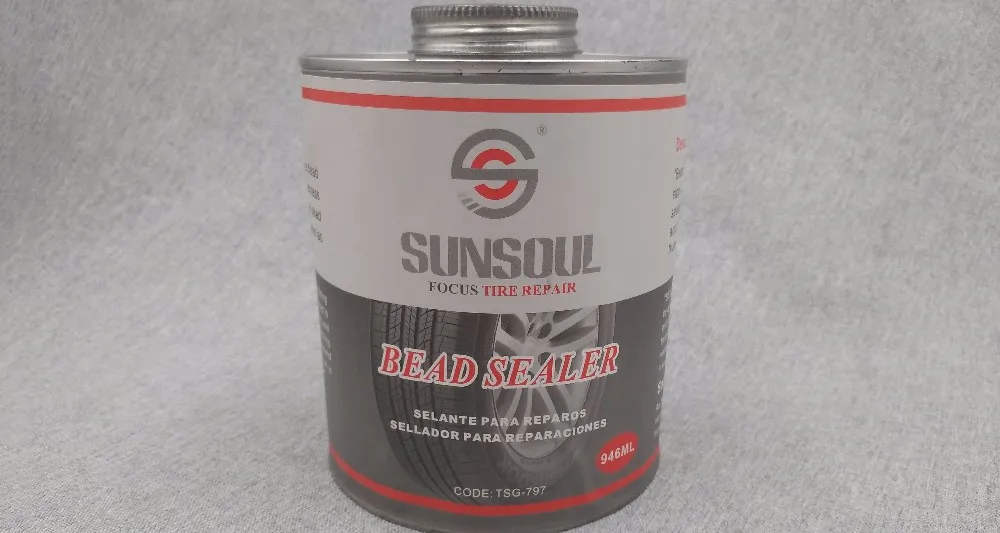 When the vehicle is in motion, centrifugal force helps distribute the tire sealant inside the tire. To prevent cuts in tubed tires, the sealing compound is distributed in the air cushion so that it protects the cord layer. Tire Damage Prevention Benefits:
When the vehicle is in motion, centrifugal force helps distribute the tire sealant inside the tire. To prevent cuts in tubed tires, the sealing compound is distributed in the air cushion so that it protects the cord layer. Tire Damage Prevention Benefits:
Sealant prevents rubber delamination and improves tire temperature control when overheated. The use of puncture prevention agents simultaneously creates several levels of tire protection, prevents corrosion of the cords and increases the life of the rubber. In case of damage to the integrity of the tire, the viscous composition instantly forms a vulcanizing plug. nine0003
Repair sealants are used to quickly seal tires when trouble has already happened. Most formulations can only be applied on fully flat tires. The agent is injected through the nipple, and as the sealant enters, the tire is filled, and foam may form at the puncture site.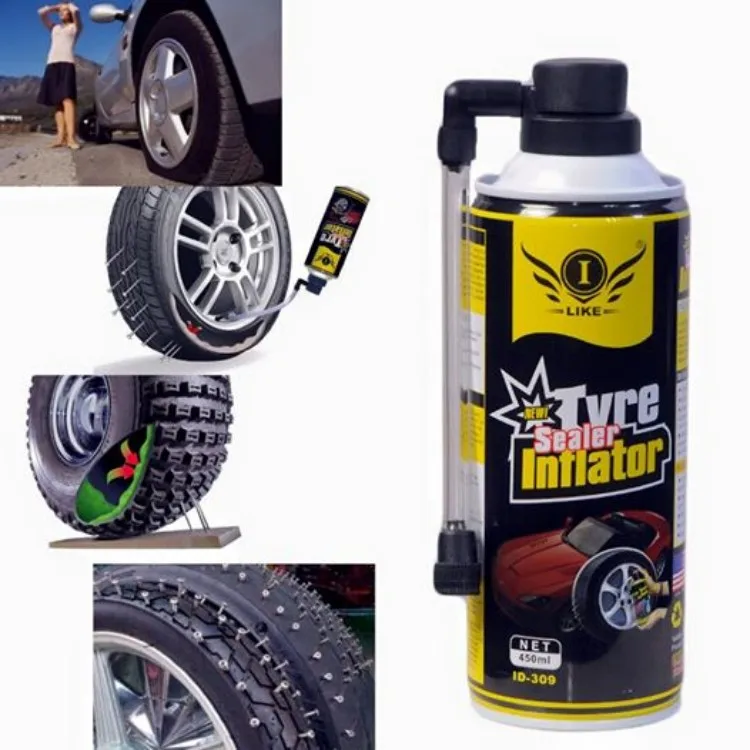 Benefits of punctured tire emergency sealant:
Benefits of punctured tire emergency sealant:
If a nail or a piece of glass is stuck in the wheel, before using the sealant, the object must be removed so that the substance reliably clogs the puncture and is evenly distributed inside the wheel. To fully restore the tire, you need to ride at low speed - this distance is indicated in the instructions.
The automotive market offers a wide range of instant wheel sealants. Products differ in technical characteristics, packaging and volume. It is worth paying attention to proven brands that have collected positive feedback from car owners and have successfully passed tests. General requirements that a tire sealant must meet:
 The temperature range is indicated in the manufacturer's instructions. nine0028
The temperature range is indicated in the manufacturer's instructions. nine0028 
Attention: The effect of the use of sealants is short-lived, therefore, after repair, you need to contact the workshop for high-quality vulcanization and wheel balancing. You can drive on sealed tires at a low speed within 50 km, the distance limit is 10 km. If the agent is used for prevention, the permissible speed and mileage are indicated by the manufacturer of the composition.
The main difference between tires is the presence and, accordingly, the absence of an inner tube. Automotive sealant manufacturers do not classify tubular tire products as a separate category. Therefore, you can use any composition of a universal type. nine0003
The Polish company K2 offered Tire Doctor sealant to the attention of car owners.
Universal tool, used to repair damage to any tires. It has a high combustibility, so before pumping up the filled tire to the desired pressure, gas should be bled from it. It is recommended to have a powerful car pump on hand. On the 10th kilometer of the track, the train completely copes with the puncture, in the place of which an airtight plug is formed. The pressure is kept at 1.85 atmospheres. nine0003
It has a high combustibility, so before pumping up the filled tire to the desired pressure, gas should be bled from it. It is recommended to have a powerful car pump on hand. On the 10th kilometer of the track, the train completely copes with the puncture, in the place of which an airtight plug is formed. The pressure is kept at 1.85 atmospheres. nine0003
Hi-Gear Tire Doctor, an American-made emergency wheel sealant, according to the company, is suitable for tube and tubeless tires. A wheel filled with compound hardly lifts off the ground, which indicates low tire pressure. The properties of the active components of the American sealant are exactly enough to reach the nearest tire service.
Modern cars off the assembly line are equipped with tubeless tyres. Fixation with discs occurs due to a layer of special rubber. Tires with a tire and a tube are installed on earlier generation car models. In terms of road safety, tubeless tires show a clear superiority - you can drive a greater distance on a punctured wheel.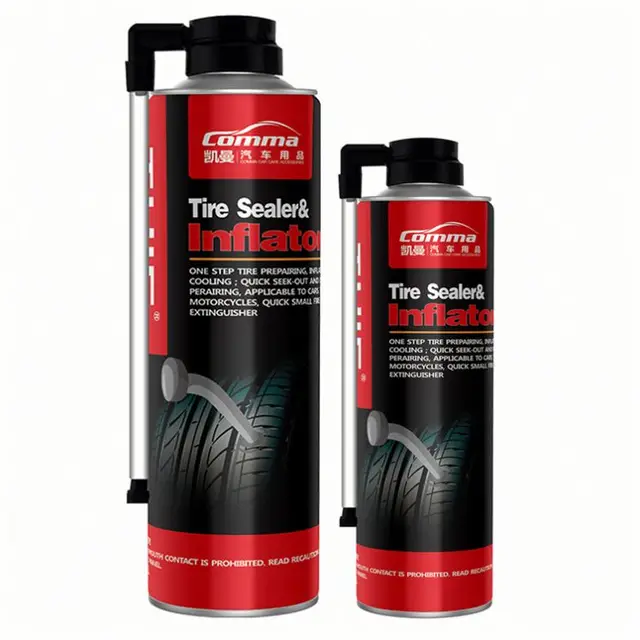 nine0003
nine0003
Most of the sealants available on the market are of the universal type. But there are special-purpose tools that do a good job of sealing tubeless tires. Sealant Pingo Reifenpannen-Spray - according to the manufacturer's instructions, you can drive about ten km on a vulcanized tire, depending on the nature of the damage, at a speed not exceeding 50 km / h. When filled with sealant, the wheel quickly takes on an “inflated” shape. In the process of movement, the pressure decreases, but not significantly. nine0003
Products designed specifically for tubeless wheels include the German sealant Motip Dupli AG Car Tire Repair. The sealing of the tire completely occurs after a few kilometers.
Another effective product, Runway RW6125 Sealant, is sold in a capacious 650 ml can. The purpose of Runway Tire Sealant is to repair tubeless tires while inflating the wheel. Eliminates punctures up to 6 mm, creates the required pressure in the tire in a few minutes. nine0003
nine0003
Advantages of tubeless tire sealants include quick filling of the wheel, effective sealing of punctures. Non-corrosive to cords, easy to pump into tires through a fitting attached to the wheel nipple. Sealants are quickly distributed over the surface and hold pressure well up to 2 atmospheres.
Good quality Motip Black Line emergency vulcanizing sealant. In a few minutes, tubeless tires can be repaired with sealant. To use the aerosol, you do not need to disassemble the wheels. The rubber-based substance effectively removes up to ten punctures of various diameters simultaneously. nine0003
Note: In order to properly use emergency sealants, the cause of the puncture must be eliminated before filling the tires with a liquid compound or aerosol - a glass shard, a nail, a sharp metal object.
Some manufacturers produce universal type products. The compositions are suitable for hermetic filling of punctures in chambered and tubeless wheels.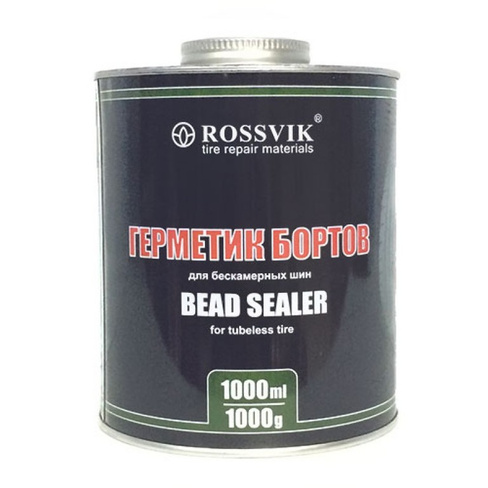 The most popular products of this line:
The most popular products of this line:
Special attention should be paid to tubeless rim compounds - rubber-based sealants designed to eliminate air leaks between the rim and the bead.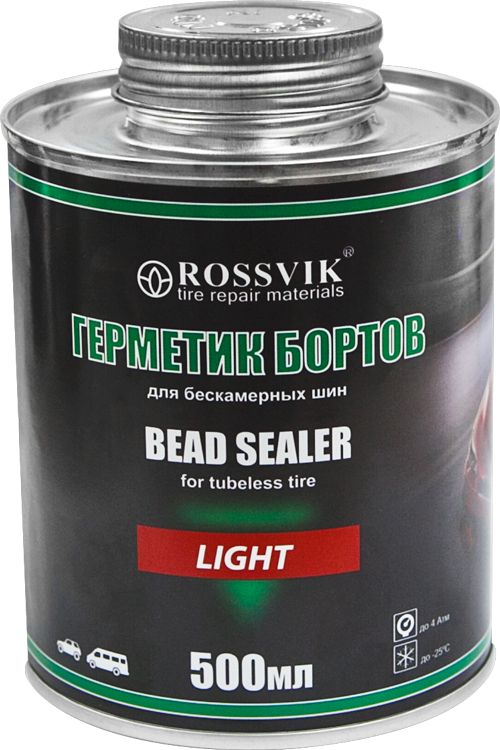 Motorists use ready-made compounds with natural rubber and other components of Rossvik-Light, Bestpatch, Unicord, Tech. Sealing agents are applied with a brush between the rim and tire of tubeless tires, which prevents air from bleeding from the wheels. A special lubricant in the form of a concentrated paste can be applied to the tire beads to facilitate mounting / dismounting of wheels. nine0003
Motorists use ready-made compounds with natural rubber and other components of Rossvik-Light, Bestpatch, Unicord, Tech. Sealing agents are applied with a brush between the rim and tire of tubeless tires, which prevents air from bleeding from the wheels. A special lubricant in the form of a concentrated paste can be applied to the tire beads to facilitate mounting / dismounting of wheels. nine0003
The main advantage of the method is that there is no need to disassemble the wheels. When using compounds, follow the recommendations of the sealant manufacturer:
